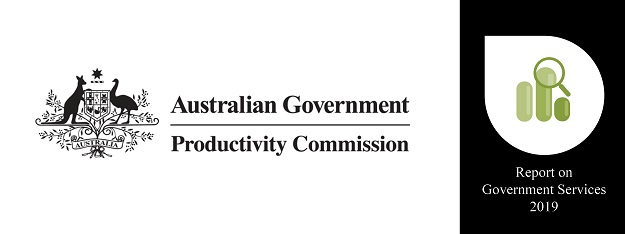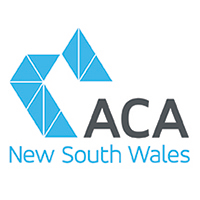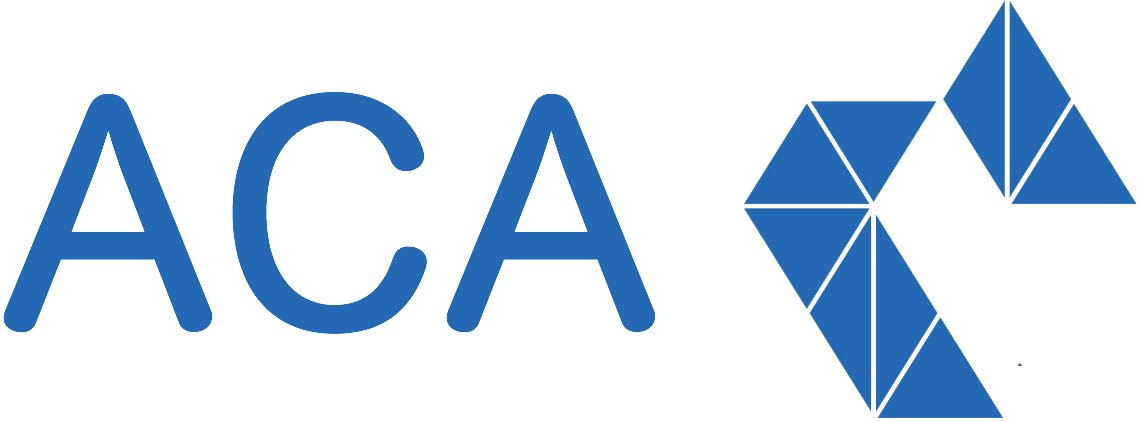The Productivity Commission’s Report on Government Services 2019 for the Early Childhood Sector has just been released. This is an important report because the NSW Dept of Education values it highly and uses it to base a lot of their funding decisions. I have attached the Early Childhood chapter and accompanying tables for you in case you are interested in reading it. Although the document shows that it is 163 pages long, the actual report is only 30 pages. The remainder is tables, references, definitions, etc. We invite you to read at least our precis below and give us your feedback to enable us to glean our members thoughts on this document.

Some of the Australian Childcare Alliance (ACA) NSW initial observations include:
Profile of ECEC
- NSW has the youngest school starting age in the country. Also, we note that one of the barriers to having a national standard for school starting age was previously stated as that no state or territory could agree on what to call it. We feel the word “Foundation” which is new for everyone and is used in this report would be most appropriate.
- NSW has the highest proportion of children aged 3-5 in the country. We have about a third of the country’s 3-5 year old population in NSW (Tab 3A.4). But the NSW government spends less than Victoria on ECEC and proportionally less than all other states (3A.5).
- NSW has the highest proportion of children enrolled in long day care (78.1%) (Tab 3A.11) but only 22% (Tab 3A.7)of state government funding is allocated to these families. The remaining 21.9% of families get the bulk of the state government funding (77%) (Tab 3A.7). We will endeavor to get statistics on how much universal access funding (or any other ECEC related funding) was given to the NSW government, how much they actually spent and how much they hoarded for a rainy day?
- Table 3A.9 shows the number of long day care and other service types in each state by year. In NSW it looks like we have increased the number of LDC services by 100 each year. We will endeavor to get the data for the year by year increase in the number of places offered.
Children enrolled in preschool
- Children participating in a preschool program in the year before school was lower nationally. NSW still has the worst participation rates. (Tab 3A.18). The NSW Dept of Education may say that they need to build more preschools but we believe there are more than enough long day care centres available to deliver a preschool program to all NSW children except maybe in regional areas where service viability could prevent the private sector from operating. We feel that one of the main stumbling blocks could be that there are a number of families that do not qualify for CCS or are not permanent residents or have a Centrelink account so cannot afford to engage their child in a long day care centre preschool program. Preschools are required to reduce their fees for families in return for receiving universal access funding. The Federal Government prevents long day care centres from reducing fees for families after the family’s fees have been adjusted for CCS which creates a Catch 22 situation for providers and families (I was thinking about families that don’t get any CCS – why can’t we use funding to reduce their fees? The government can’t then say that the family is double dipping). We would like to see this addressed by legislation changes at Federal level.
Parent Costs
- Table 3A.24 shows that the lowest socio-economic families are still paying the highest out of pocket costs for childcare for one child in care which is further exacerbated with 2 or more children in attendance becoming a significant proportion of their household income. We would like to see a subsidy system that pays a higher proportion for the second and third child in the family. We believe the current system is unfair to families that have more than one child, especially where childcare fees are more expensive due to higher operational costs like real estate.
Demand for ECEC
- Table 3A.28 shows that there are currently around a million children (aged 0-12) who require access to childcare or preschool. A little over half of this is for children aged 0-5 (Table 3A.29). As this is based on the Australian Bureau of Statistics' data, we will attempt to determine the further information by postcode.
Staff Quality
- Table 3A.30 shows the proportion of qualified staff by state. Despite NSW needing up to 4 times the ECT requirements of other states, we do not employ 4 times as many degree qualified teachers. We wonder - Is it because there is a shortage of teachers, or do centres have to have waivers in place because they can’t find ECTs or is it that NSW has hundreds of small centres many of which are below 25 licensed places thus only requiring an ECT 20% of licensed hours.
NQF and Compliance
- Table 3A.34 shows the number and proportion of breaches in each state.
ECEC Expenditure
- Table 3A.37 shows that the NSW state government spends less per child on ECEC service than any other state. NSW spends $295 per child while WA spends $737 per child and NT spend $1,334 per child. The national average is $423.
Need for Childcare
- NSW has the highest number of people (but a relatively lower proportion of people) that are not in the workforce because childcare is too expensive. Nationally 33.1% of people cannot work due to the cost of childcare. (Tab 3A.39)
ECEC Outcomes
- In 2015 (the last Australian Early Development Census date we believe) 22% of children were starting school as developmentally vulnerable on one or more domains (Tab 3A.40). Children who did not receive any ECEC were almost twice as likely to be developmentally vulnerable than those who attended some ECEC.
ACA NSW is interested in receiving your feedback or thoughts about this report. Please feel free to send them via the form below.








